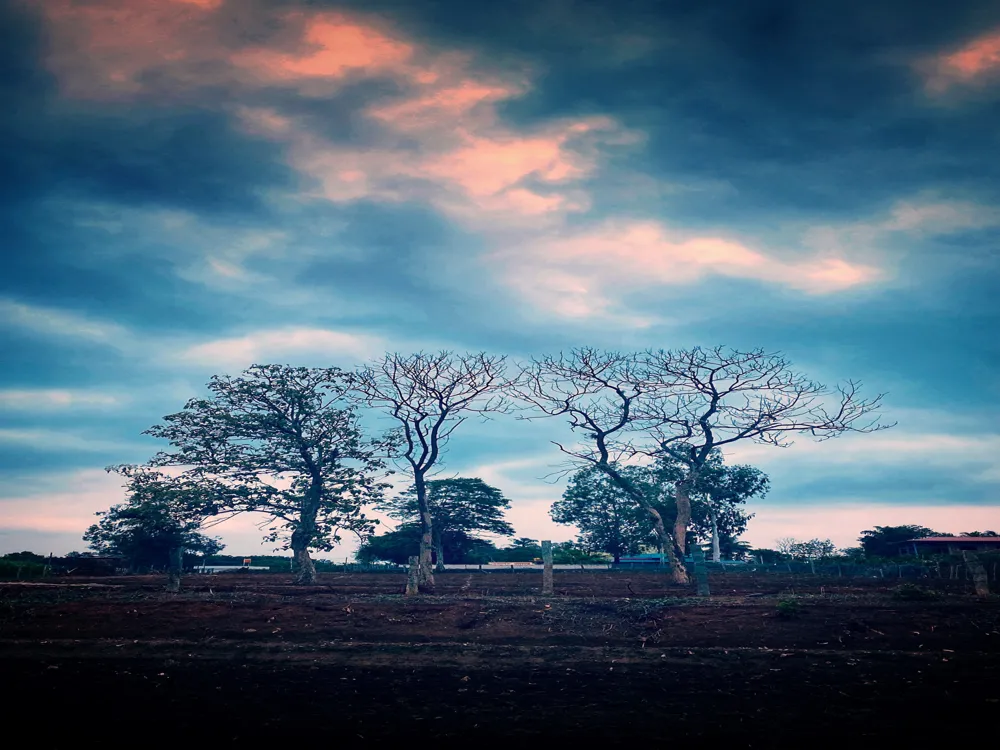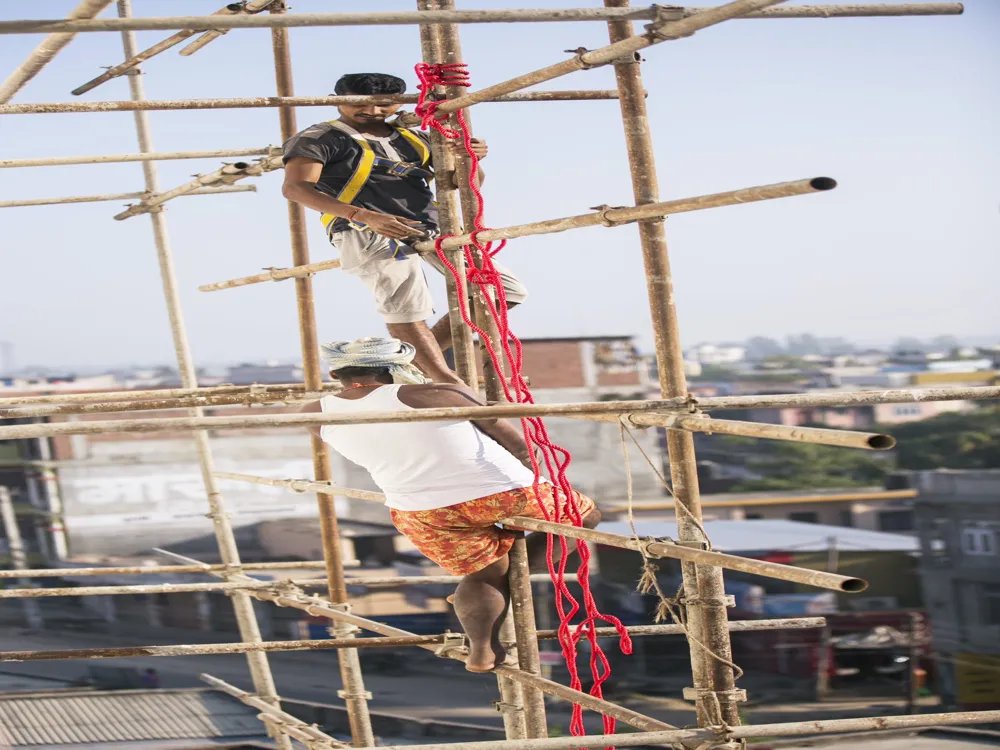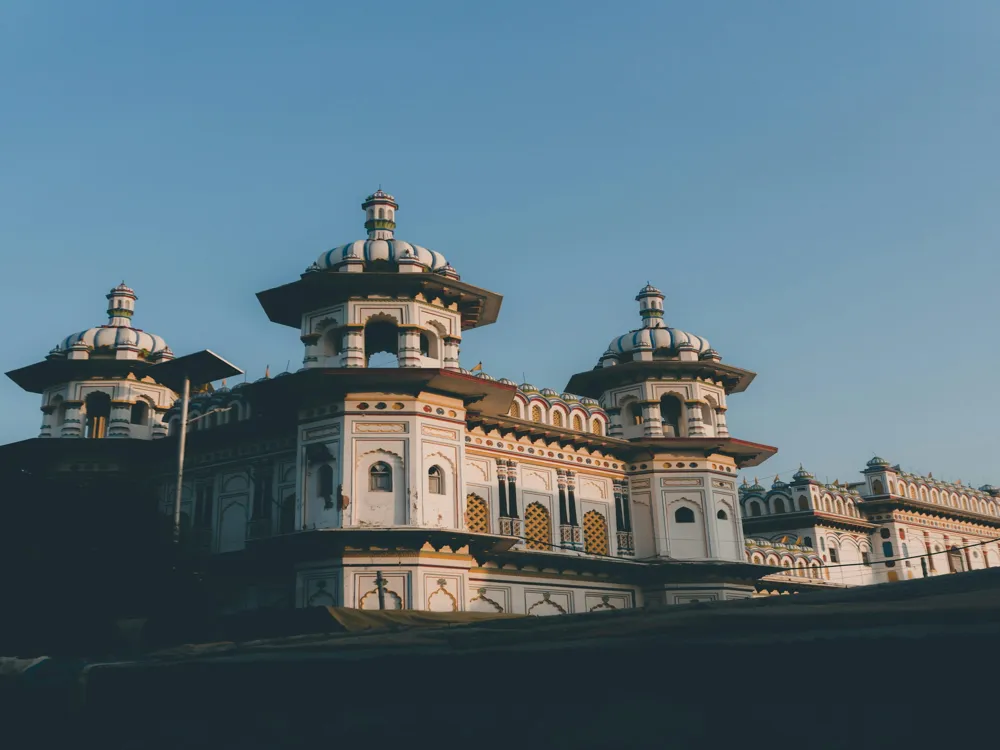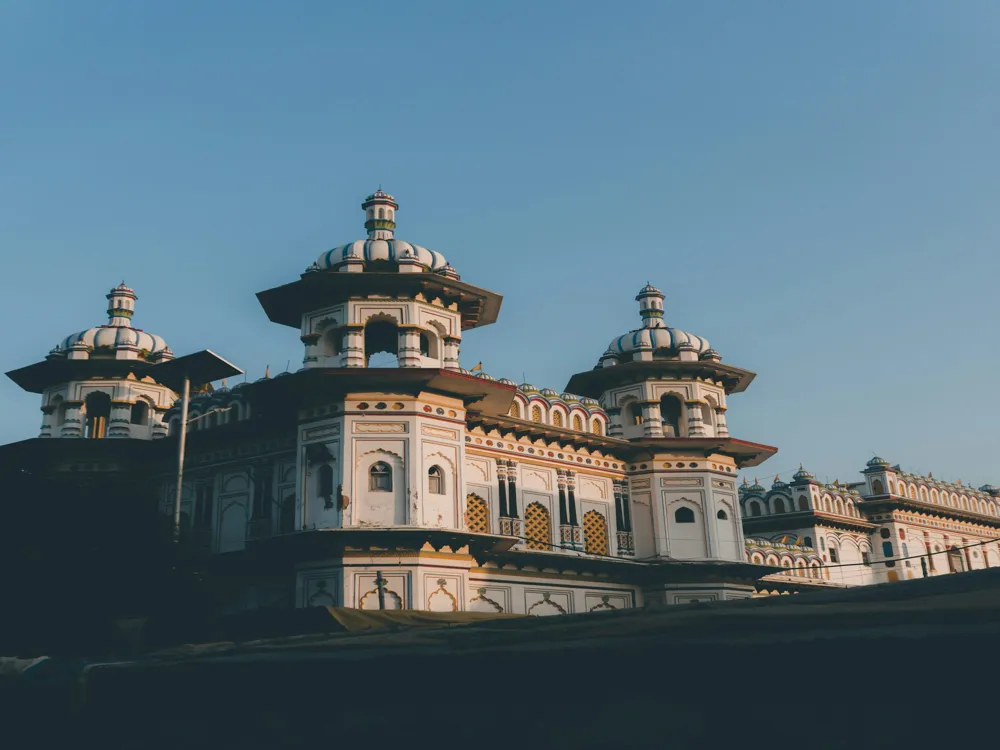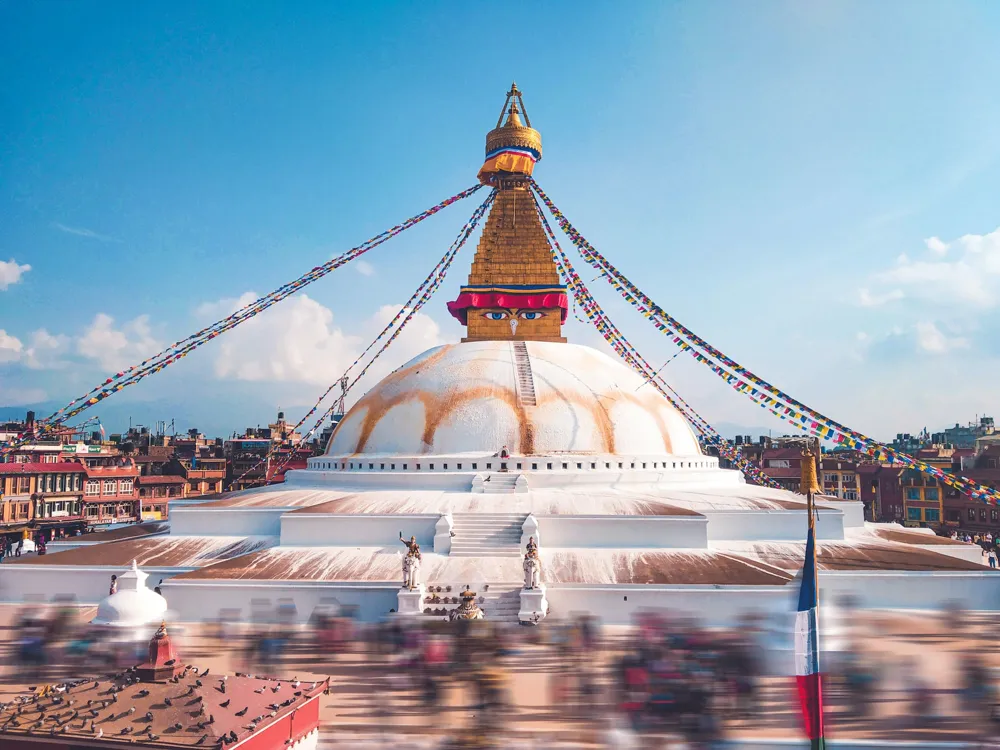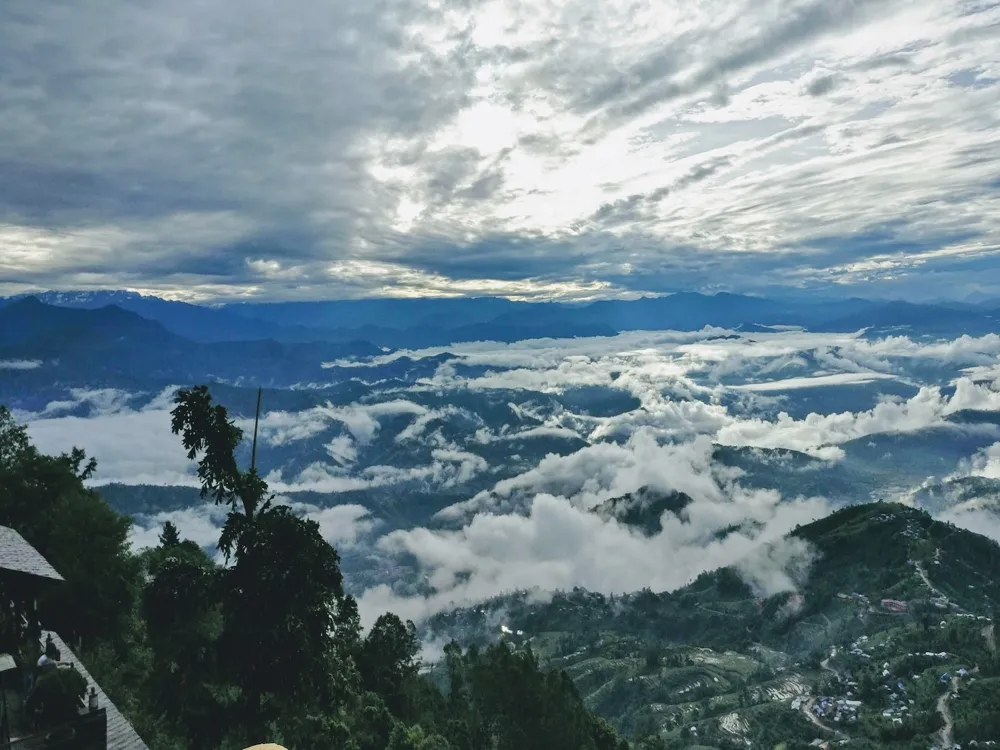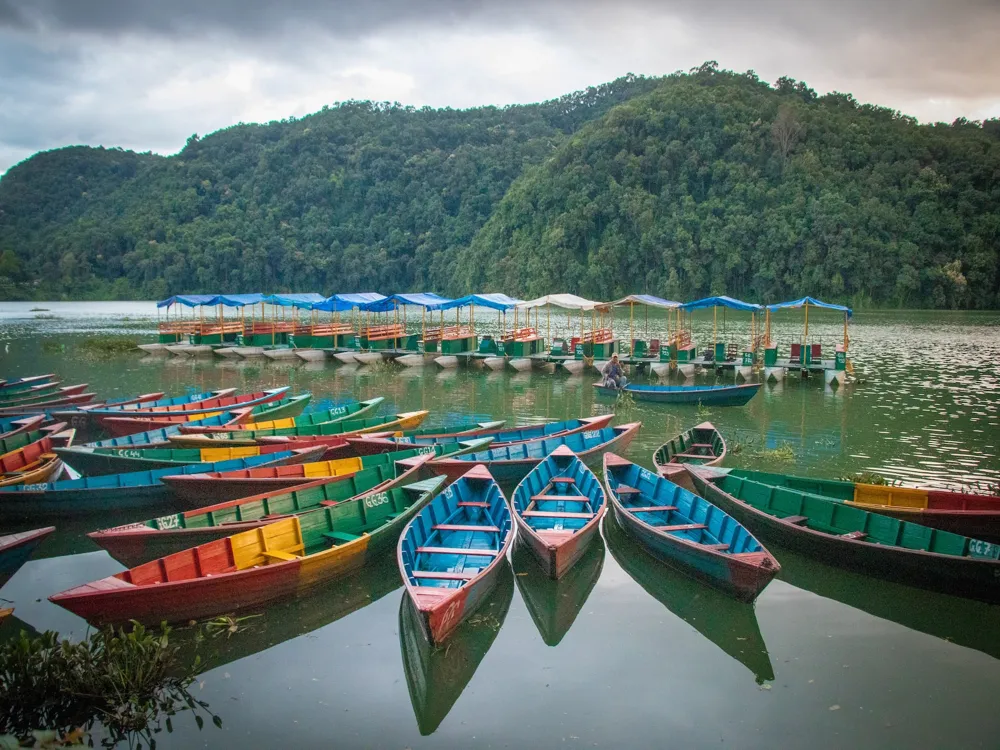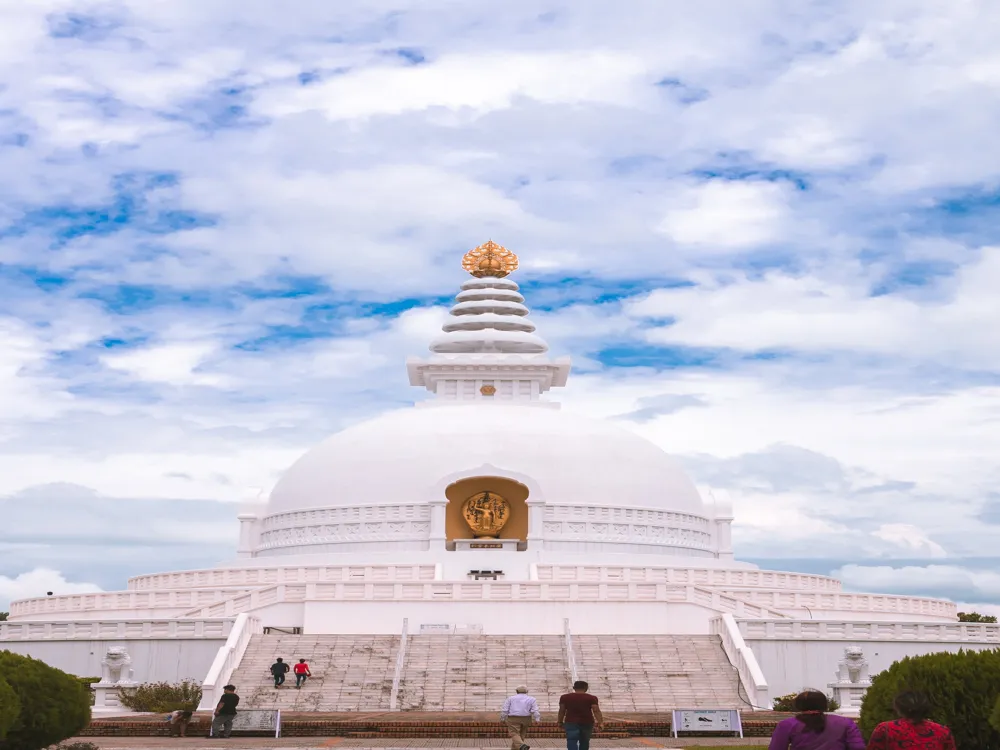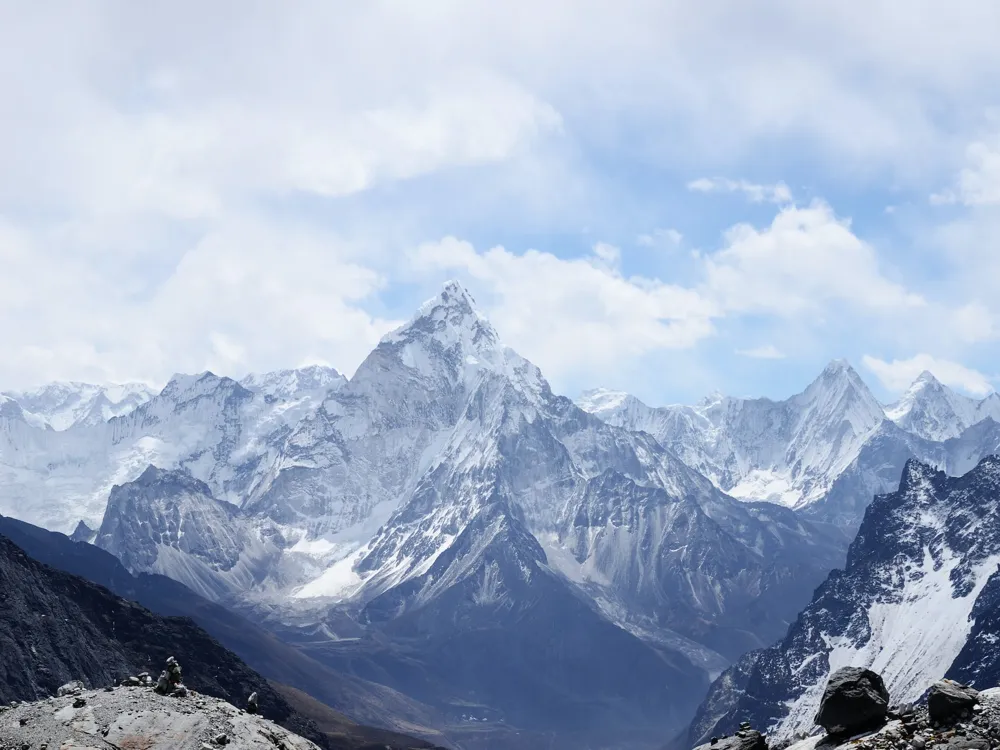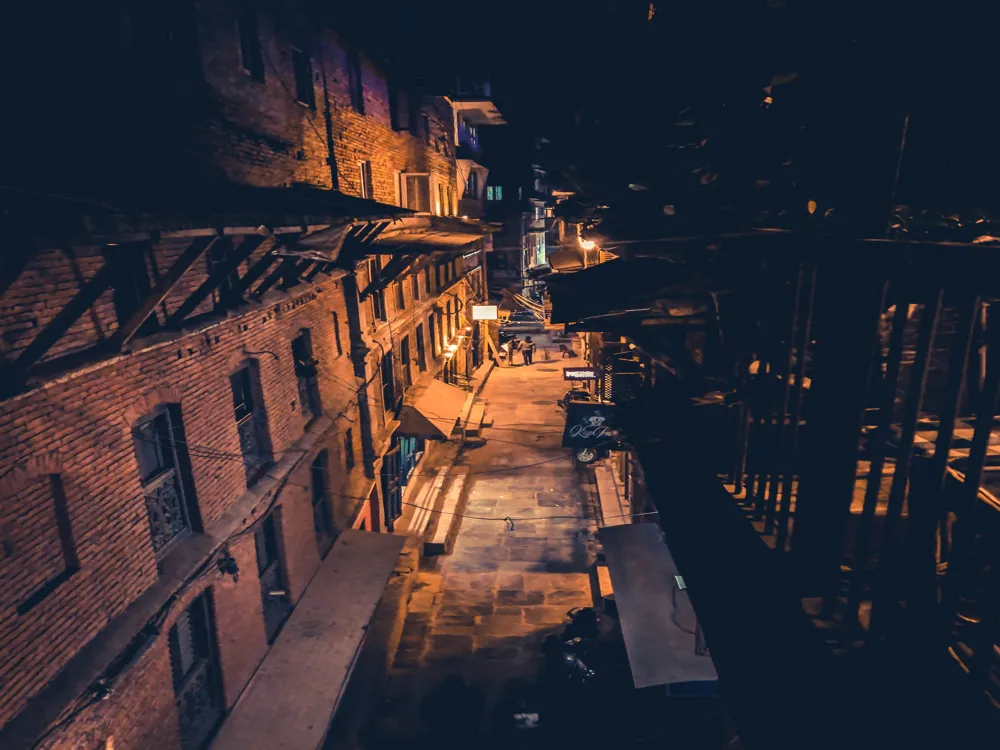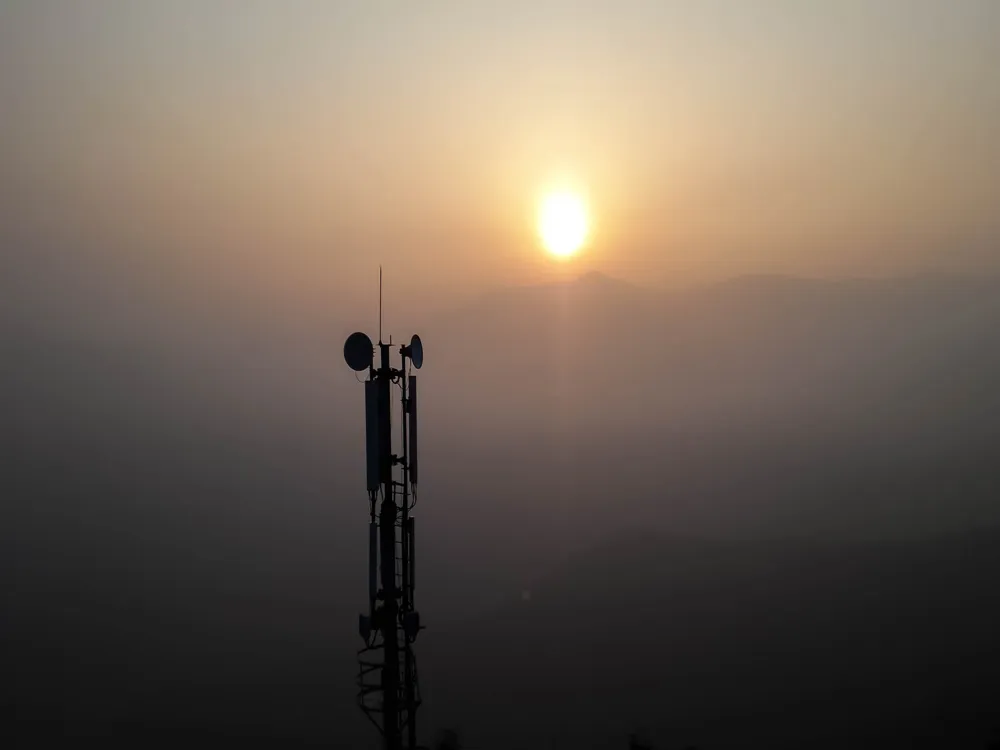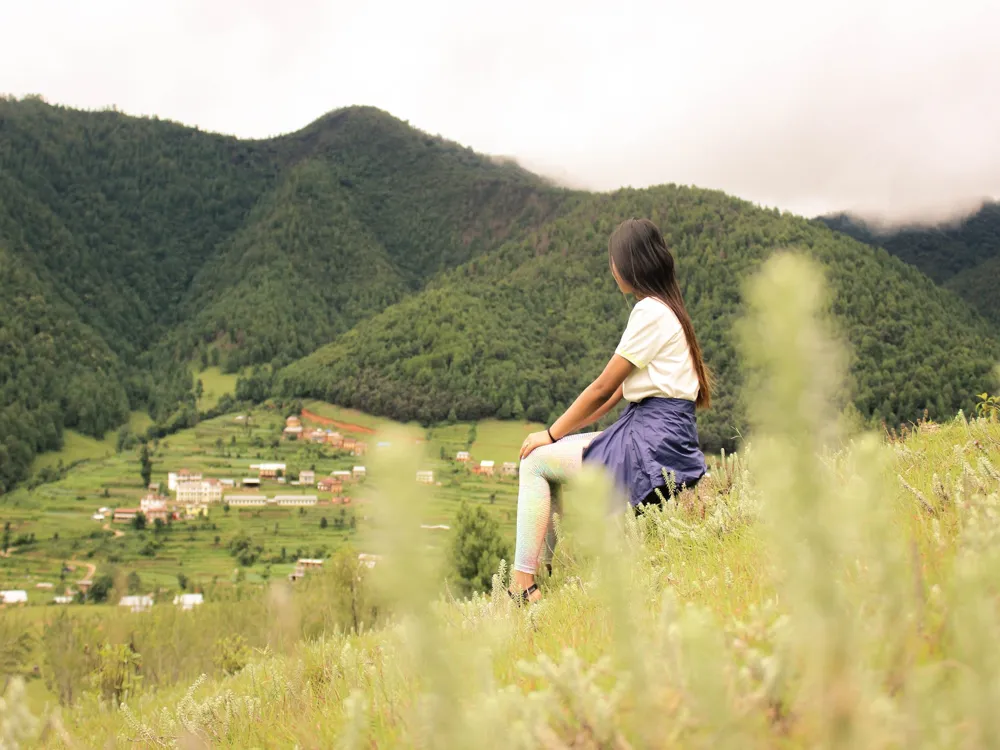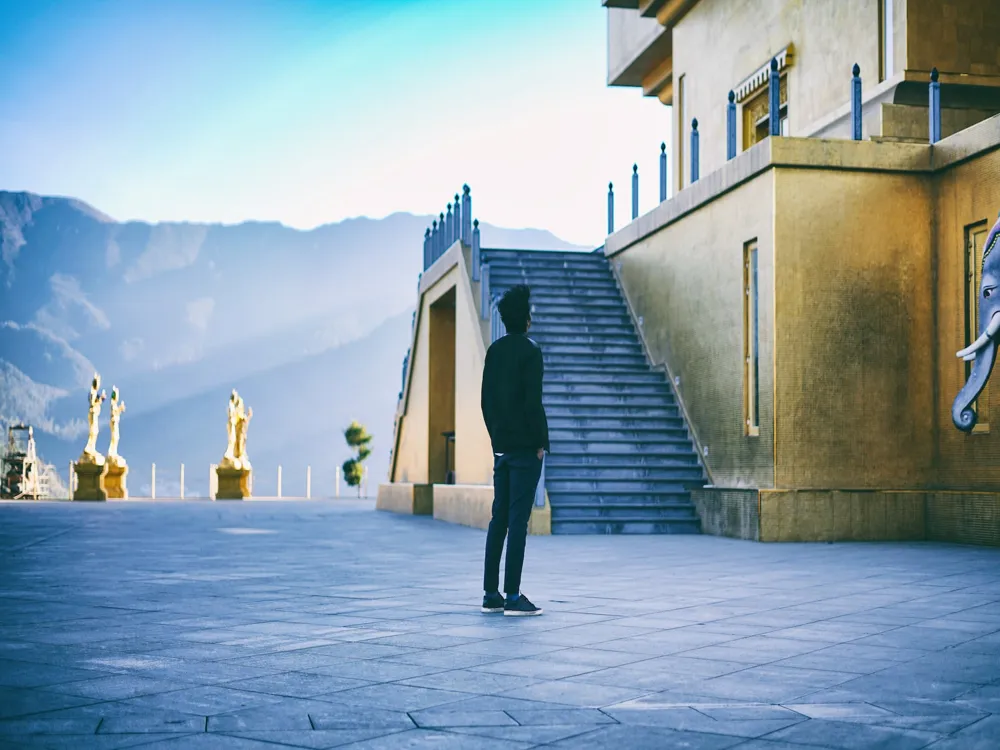Dhanush Sagar, a significant historical and cultural landmark, is nestled in the heart of Janakpur, a city renowned for its rich cultural heritage and religious significance in Nepal. This ancient pond, steeped in mythology and history, dates back centuries and is intrinsically linked to the epic Ramayana. Legend has it that Dhanush Sagar was created by the broken pieces of Lord Shiva’s bow, known as ‘Dhanush’, thus giving it its name. The pond has been a witness to the evolution of Janakpur and has played a pivotal role in the religious and social life of the local community. Spanning a considerable area, Dhanush Sagar is not just a body of water; it's a symbol of faith and history. Its tranquil waters reflect the vivid hues of the sky, while the surroundings echo with chants and prayers from nearby temples. The pond is a hub for various religious festivities, attracting thousands of pilgrims and tourists every year, especially during auspicious occasions like Vivah Panchami and Chhath Puja. The serenity and spiritual aura of Dhanush Sagar offer a peaceful retreat from the bustling city life, making it a must-visit destination for anyone exploring Janakpur. The architectural splendor of Dhanush Sagar is a testament to the rich cultural and historical heritage of Janakpur. The pond is surrounded by an array of ancient temples and structures that exhibit a blend of Maithil and Nepalese architectural styles. These structures are characterized by intricate carvings, ornate designs, and vibrant colors that add to the pond's visual appeal. The ghats (steps) leading to the water are symmetrically aligned, offering a panoramic view of the pond and serving as a place for religious rituals and social gatherings. One of the most notable architectural features of Dhanush Sagar is the series of shrines and small temples dotted around its perimeter. These shrines, dedicated to various deities, showcase the religious diversity and tolerance that Janakpur is known for. The craftsmanship evident in the stone and wood carvings of these temples reflects the skills and artistic prowess of local artisans. The harmonious coexistence of different architectural elements around Dhanush Sagar creates a unique and captivating landscape that is both historically significant and aesthetically pleasing. The ideal time to visit Dhanush Sagar is during the cooler months of October to March when the weather is pleasant. This period also coincides with several major festivals, offering a chance to witness the cultural vibrancy of Janakpur. Visitors are advised to dress modestly and respect the local customs and traditions. It's important to remove shoes before entering any temple and refrain from disturbing the serenity of the religious rituals. Photography is generally allowed, but it's courteous to ask for permission before taking pictures of local people or inside the temples. Some areas may have restrictions, so it's best to look out for any signs or ask a local guide. Dhanush Sagar is easily accessible from various parts of Nepal. The most convenient way to reach Janakpur is by air, with regular flights operating from Kathmandu to Janakpur's airport. For those preferring road travel, there are numerous bus services from major cities like Kathmandu and Pokhara. The journey offers a scenic view of Nepal’s diverse landscapes and an opportunity to experience the local way of life. Once in Janakpur, Dhanush Sagar is located centrally and can be reached by local rickshaws, taxis, or even on foot, providing visitors a glimpse into the daily life and culture of this historic city. Read More: Overview of Dhanush Sagar in Janakpur
Architecture of Dhanush Sagar
Tips When Visiting Dhanush Sagar
Best Time to Visit
Cultural Etiquette
Photography Guidelines
How To Reach Dhanush Sagar
Dhanush Sagar
Janakpur
NaN onwards
View janakpur Packages
Janakpur Travel Packages
View All Packages For Janakpur
Top Hotel Collections for Janakpur

Private Pool

Luxury Hotels

5-Star Hotels

Pet Friendly
Top Hotels Near Janakpur
Other Top Ranking Places In Janakpur
View All Places To Visit In janakpur
View janakpur Packages
Janakpur Travel Packages
View All Packages For Janakpur
Top Hotel Collections for Janakpur

Private Pool

Luxury Hotels

5-Star Hotels

Pet Friendly







